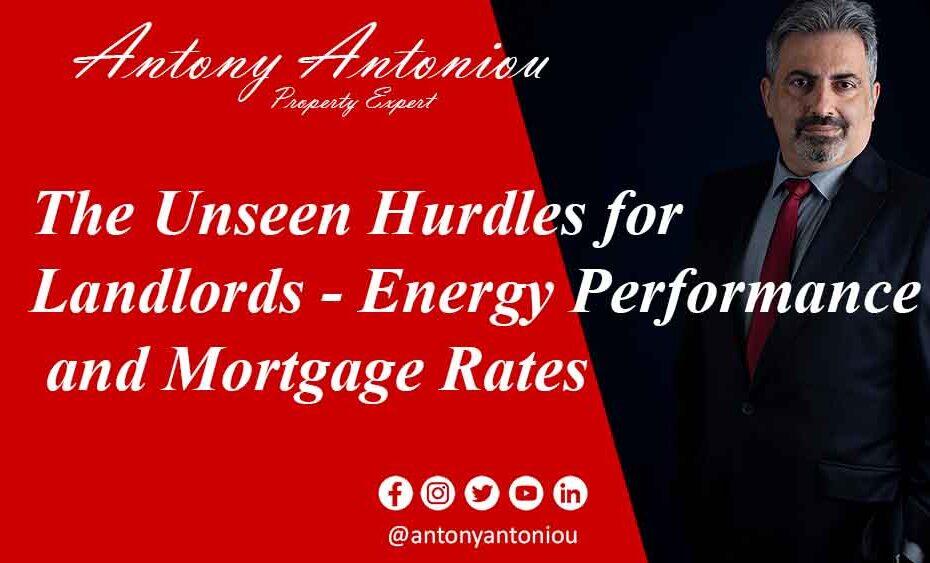The Unseen Hurdles for Landlords – Energy Performance and Mortgage Rates
In the world of property ownership, landlords are facing a multifaceted battle – one that goes beyond the traditional challenges of increased mortgage rates, complex taxation, and stringent lending criteria. In this intricate web of challenges, an often overlooked aspect is the energy performance of properties, as denoted by their Energy Performance Certificates (EPCs). The intricacies of this issue, compounded by the evolving governmental stance and the surprising stance of banks, reveal a complex situation that impacts landlords’ profitability and the broader housing landscape.
**The EPC Conundrum**
Michael Gove’s wavering position on the matter might have left some landlords scratching their heads, but the discussion surrounding the energy performance of properties remains a significant concern. While there’s uncertainty about whether the government will implement a minimum Grade C requirement for rental properties, banks are forging ahead with their own plans.
Despite widespread acknowledgment that EPCs are far from ideal and that the government is actively considering an overhaul of the entire system, banks continue to use these certificates as leverage against landlords. This is where the discrepancy lies: on one hand, the government is mulling over a systemic change, and on the other, financial institutions are enforcing stringent rules based on a flawed metric.
**Banks and EPCs: A Surprising Alliance**
In a twist that few saw coming, many lenders have started to incorporate energy performance criteria into their lending decisions. Notably, they are also imposing additional charges on mortgage deals for properties that fall below the coveted “C” grade, with the average increase hovering around 0.25%. This development places landlords in a precarious position, forcing them to navigate a labyrinth of evolving regulations while grappling with financial burdens.
This situation is a prime example of the lack of cohesive thinking in the industry. Banks are reshaping the buy-to-let landscape with strict criteria, making it increasingly difficult to maintain existing properties. Moreover, these actions come alongside proposed energy regulations that are yet to be formalized into law, adding to the overall uncertainty and burden on landlords.
**A Closer Look at the Housing Crisis**
If one seeks a root cause for the housing crisis and the surge in rental prices, the answer might lie hidden within the intricate clauses of banks’ agreements. The housing landscape is inherently complex, and each puzzle piece contributes to the broader picture. The unexpected involvement of banks in penalizing landlords based on EPC grades is an additional layer that exacerbates the challenges faced by property owners.
In conclusion, the challenges faced by landlords extend far beyond the conventional narrative of mortgage rates, taxation, and lending criteria. The intricacies of the energy performance certification process and its unexpected ramifications through the actions of banks reveal a landscape in flux. As discussions about the efficacy of EPCs and the government’s role continue, landlords find themselves caught in a whirlwind of uncertainty – an unintended consequence that ripples through the heart of the housing market.

